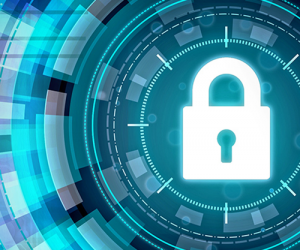 September is National Preparedness Month. This public service campaign is run out of the Department of Homeland Security and is focused on educating citizens about the importance of preparing for disasters and emergencies that could happen at any time. The 2022 campaign has a theme of "A Lasting Legacy," urging people to "Prepare for disasters to create a lasting legacy for you and your family."
September is National Preparedness Month. This public service campaign is run out of the Department of Homeland Security and is focused on educating citizens about the importance of preparing for disasters and emergencies that could happen at any time. The 2022 campaign has a theme of "A Lasting Legacy," urging people to "Prepare for disasters to create a lasting legacy for you and your family."
This theme of legacy also applies to how the government responds to disasters to aid communities in prevention and recovery. Increasingly, emergency managers are relying on Artificial Intelligence, Virtual Reality, and more to model and plan for disaster response. However, when disaster hits and electricity is unavailable, high tech solutions no longer function and first responders must rely on analog methods to communicate and execute response plans. Incorporating legacy low tech solutions into a high tech world is a critical challenge for emergency preparedness organizations. Continue reading

 Today's organizations know that stopping 100% of cyber-attacks is not a realistic goal. Rather, the focus has shifted to
Today's organizations know that stopping 100% of cyber-attacks is not a realistic goal. Rather, the focus has shifted to  Equity is highlighted in
Equity is highlighted in  Zero Trust
Zero Trust 
